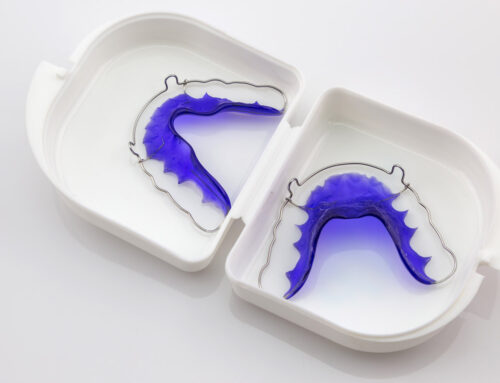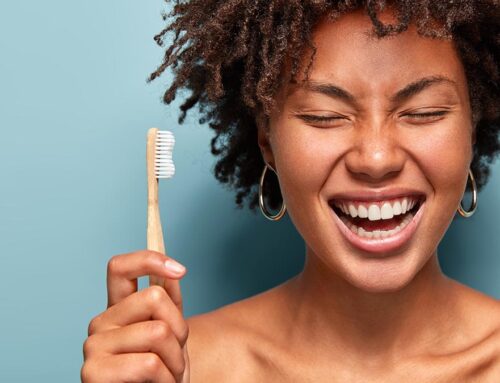Healthy teeth can be moved at any age. As we move further along the 21st century, [link url=https://www.bhicksortho.com/patient-ortho-adults.php/]more and more adults[/link] have started to seek out orthodontic treatment for themselves rather than just for their children, and it has now become commonplace to see an adult in public with braces.rnrnHere is an overview for anyone Â- no matter what age Â- considering orthodontic treatment for their smile.rnrn[b]Health Benefits[/b]rnrnHaving crooked teeth can cause a number of health issues. Crooked teeth can lead to a greater than normal buildup of plaque which may lead into periodontal disease; a condition that can cause inflammation, bleeding, and tooth loss. If the teeth are crooked enough that they inhibit the ability to chew, then gastrointestinal problems may arise.rnrnMisaligned jaws, which can be fixed by orthodontic treatment, can cause muscle tension and pain leading to headaches or other musculoskeletal issues. Treating a misaligned jaw will ease the ability to speak and chew properly.rnrnAdditionally, having a crooked smile can lead to self-esteem concerns.rnrn[b]Treatment Options[/b]rnrnModern day technology has led to more discreet appliances, reduced treatment time, and greater comfort during treatment. Orthodontic treatments include braces, retainers, or oral surgery Â- each treatment plan is specific to each patientÂÂ’s needs, and will typically last between one and three years in length. Options for different types of braces to exist, and are outlined below.rnrnMetal Braces are what is thought of as “traditional” braces. They are the most inexpensive option, but are also the most visible option. They involve holding a thin wire in place using rubber bands to pressure the teeth into moving to the correct place, and they are known to cause irritation to the gums and teeth, especially in the first few weeks of wear. Metal braces require a lifestyle change as avoidance of certain foods is required, as well as putting in extra effort to brush and floss frequently.rnrnCeramic Braces are similar to metal braces, but are an attempt at blending in with the natural tooth to be more discrete. They are usually held in place by either elastic or metal ties which sometimes become discoloured. The ties, however, are replaced about once per month. Some findings show that ceramic braces are more prone to breaking and chipping, and they may lead to extra costs due to additional time to install them.rnrnLingual Braces provide even more discretion, as they are hidden out of sight on the backside of the teeth. Because of the complicated process, these braces are typically quite a bit more costly than their less discrete counterparts. Lingual braces require specifics such as larger sized teeth in order to be installed, and can sometimes get in the way of the tongue and cause issues with speech.rnrnInvisible Braces are often the most expensive version of braces but are almost entirely out of sight, making them one of the preferable options for adults. They consist of custom-fitted trays which can only be removed when eating or brushing the teeth. Every few weeks, the aligners are replaced with a new set to encourage correct movement. Invisible treatment can be slower than traditional methods, and can become even more costly if the trays are lost.rnrn[b]Braces for Any Age[/b]rnrnNew technology has brought us breakthroughs in the time, methods, and costs of orthodontic treatment. In some cases, braces are becoming a much more viable option for any age group who wants to fix their smile. Whether for health, or personal reasons, an experienced orthodontist can outline a viable treatment option and start you on your journey to a straight smile.rn




